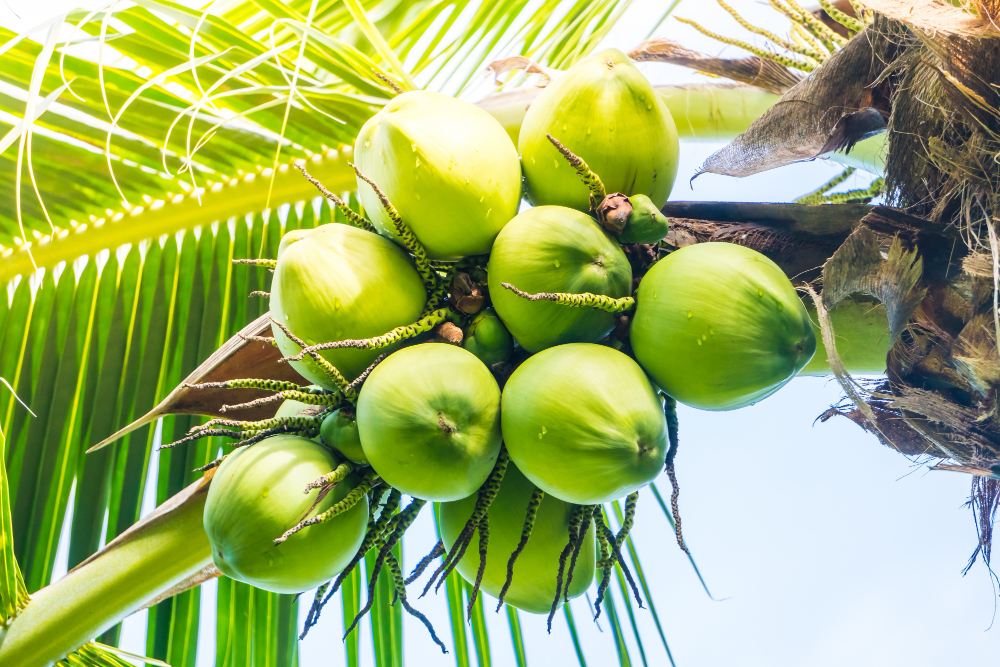Coconut products have become staples in households around the world, loved for their unique flavors, versatility, and numerous health benefits. But have you ever wondered about the fascinating journey these products undertake from the tropical coconut groves to your table? Let’s embark on a virtual tour to discover the intricate process behind the production of popular coconut items.
Harvesting the Coconuts
The journey begins in the lush coconut plantations where skilled harvesters climb towering coconut palms to gather the mature fruit. With careful precision, they skillfully cut the coconuts from the trees, ensuring they are ripe and ready for processing.
Husking and Dehusking
Once harvested, the outer husk of the coconut, a thick fibrous layer, is removed to reveal the hard shell underneath. This process, known as dehusking, can be done manually or with specialized machinery depending on the scale of production.
Extracting the Coconut Water
The first treasure obtained from the coconut is its refreshing water. Coconut water is not only a delicious beverage but also a hydrating and nutrient-rich liquid. Producers carefully extract this natural elixir by drilling into the coconut and collecting the water within.
Opening the Coconut
To access the meat inside, the hard coconut shell is cracked open. This can be done manually or through mechanical means. The white, fleshy interior, known as coconut meat, is a versatile ingredient used in various culinary applications.
Processing the Coconut Meat
The coconut meat undergoes different processes depending on the desired end product. For coconut milk, the meat is grated, and the liquid is extracted. Alternatively, coconut oil is often extracted through pressing or centrifugation.
Creating Coconut Flour
For those seeking gluten-free alternatives, coconut flour has become increasingly popular. After extracting coconut milk, the remaining pulp is dried and ground into a fine powder, resulting in a nutritious and flavorful gluten-free flour.
Sustainability Practices
A critical aspect of the coconut product journey is the emphasis on sustainable practices. Many coconut producers are committed to eco-friendly farming methods, ensuring the longevity of coconut groves and the well-being of local ecosystems.
Bringing Coconut Products to Market
From coconut water to coconut oil and everything in between, the finished products are meticulously packaged and transported to markets worldwide. The journey culminates with these coconut delights reaching the shelves of grocery stores, ready to enhance culinary creations and promote health and wellness.
In conclusion, the journey of coconut products is a fascinating tale of nature’s bounty, human ingenuity, and sustainable practices. As consumers, understanding the process behind these beloved products adds a layer of appreciation for the coconut and the communities that cultivate them. So, the next time you enjoy a coconut-based treat, remember the incredible journey that brought it from a tropical palm to your table.





